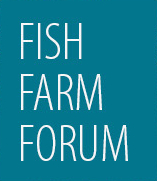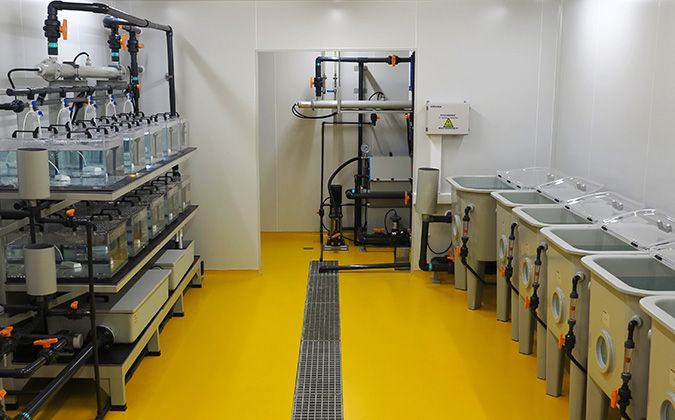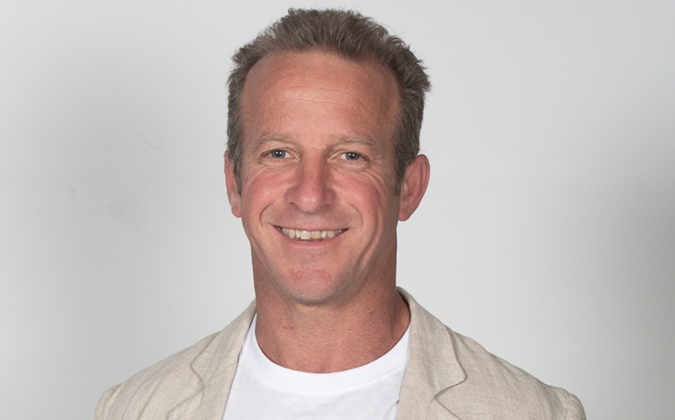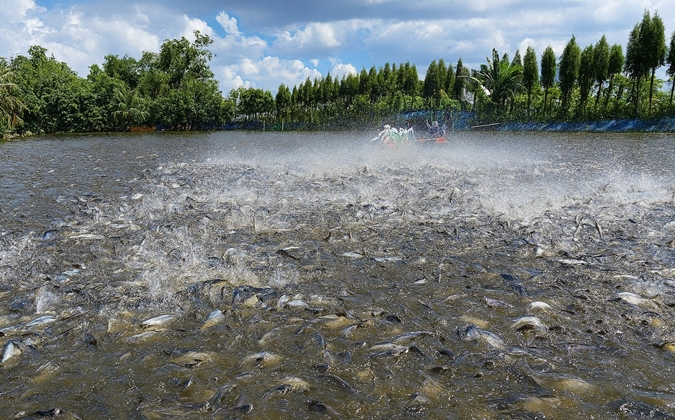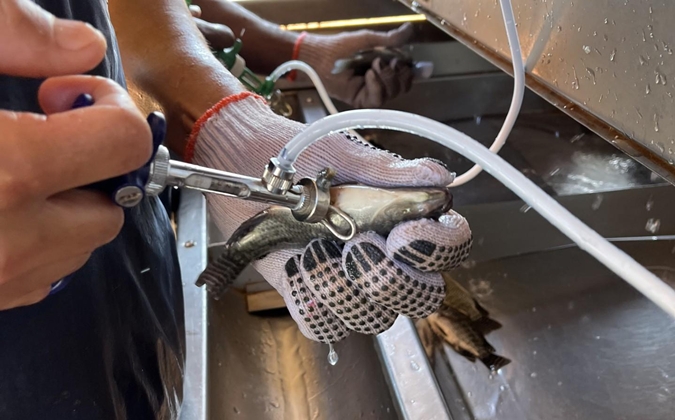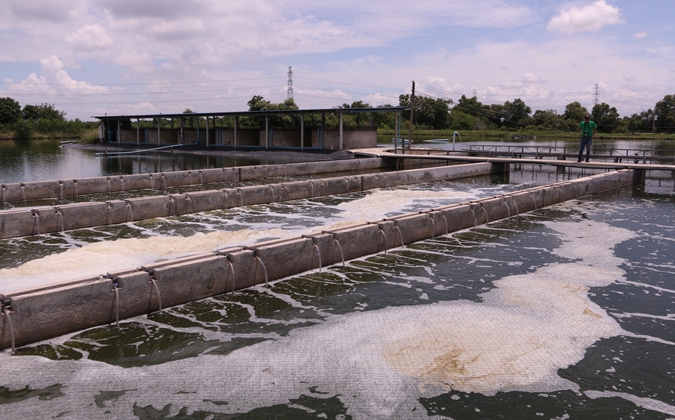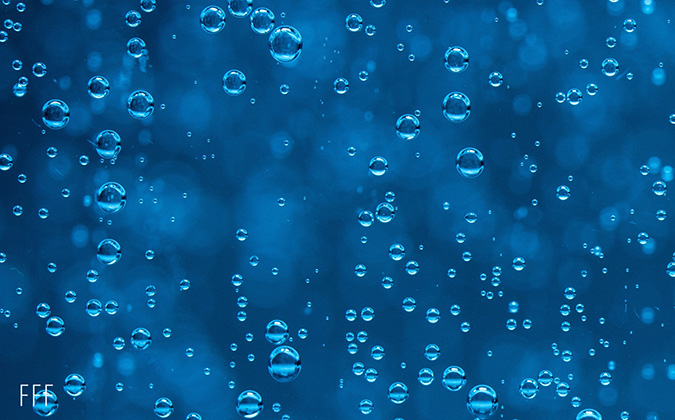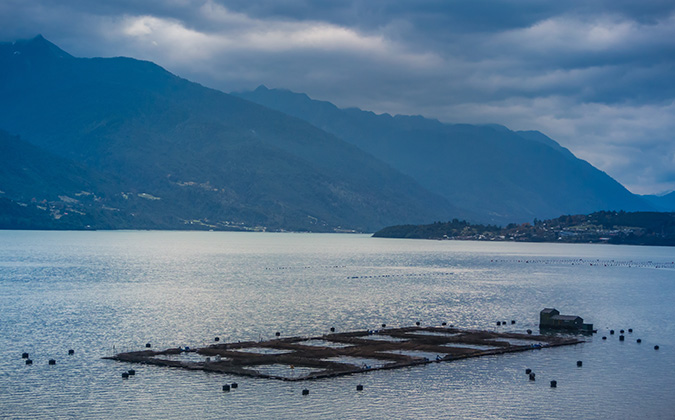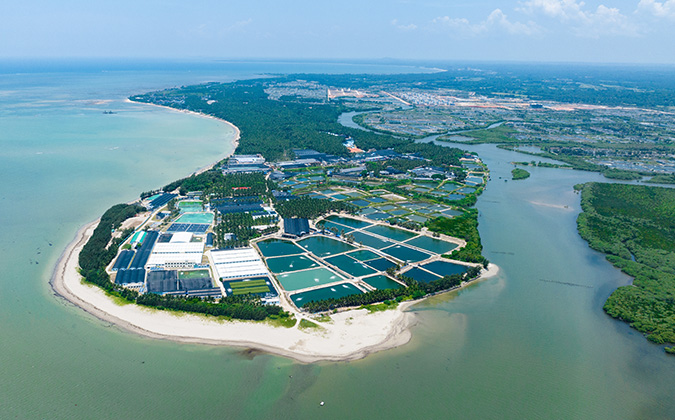
Fish Farm Forum is pleased to host this editorial page on behalf of Pharmaq.
Pharmaq
Technological advances can improve sustainability in China’s diverse aquaculture industry
China is the largest aquaculture producer in the world, accounting for 57% of the world’s annual tonnage of farmed fish.1 Over 800 species and 240 genetically improved varieties of fish are reared for food in the country.2
Aquaculture has consistently been a priority of the Chinese government in its economic and social development plans, and considerable investment has been made in research, particularly aimed at improving the productivity of fish farming enterprises through breeding programs. The tastes of the Chinese market are also changing, meaning that while carp, perch and tilapia have tended to dominate large-scale aquaculture, newer species such as rainbow trout are coming to prominence.
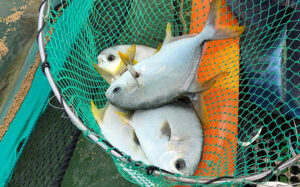 While on paper, Chinese aquaculture is an undeniable success story, the situation is more complex, as some areas lag behind when compared to technology and best practices seen elsewhere in the world. There is currently only very limited use and availability of vaccines, which means that there is still a reliance on reactive disease control measures such as antibiotics. The need to move towards preventative fish health management strategies is recognized, with increasing government interest in tightening regulations and a specific action plan launched with a focus on green and healthy aquaculture development.3
While on paper, Chinese aquaculture is an undeniable success story, the situation is more complex, as some areas lag behind when compared to technology and best practices seen elsewhere in the world. There is currently only very limited use and availability of vaccines, which means that there is still a reliance on reactive disease control measures such as antibiotics. The need to move towards preventative fish health management strategies is recognized, with increasing government interest in tightening regulations and a specific action plan launched with a focus on green and healthy aquaculture development.3
Preventative measures — with Chinese signature
For the industry to continue to grow and thrive sustainably, new measures are needed to ensure better biosecurity, fish health and welfare.
This will require sustainable intensification involving the use of indoor facilities such as recirculating aquaculture systems (RAS), which allow greater control over fish rearing conditions and reduce demand on water and land resources. Another area where progress is needed is in making preventative fish health measures such as vaccines available to the Chinese industry.
Much of the aquaculture production to date has relied on traditional pond and cage cultures, and in a review of progress to date by Henan University of Science and Technology scientists, they suggested that further investment in technological improvements is one of necessary elements required to move China’s production of sustainable protein forward.4
“To strengthen scientific and technological innovation and industrial application, aquatic scientific experts should pay more attention to the latest scientific research results and look into practical applications, in response to the industry’s challenges,” said Zhibin Huang, Deputy director of Pearl River Fisheries Research Institute.
“For example, experts should focus on the research and development of innovative vaccines, new nutritional health products, immune enhancers, safe and efficient drugs, and the promotion of simple and efficient new technologies. Products need to be safe, efficient, meet global standards and have practical use in the field.”
Multidisciplinary collaboration and the roll-out of technologies is also vital.
“As the complexity of the aquaculture industry increases, experts should strengthen cooperation with other disciplines, such as environmental science, nutrition and biotechnology, and promote the integration of technologies in production to achieve comprehensive solutions,” Huang noted.
There is a feeling within the industry that China could, in time, incorporate the same level of biosecurity and fish health technologies seen in the major salmon producing countries. There, high-quality vaccines are coupled with automated machinery, advanced genetics and nutrition are at the heart of production and farmed animals are continually monitored, often using artificial intelligence.
Major capacity building
While many global biotechnology companies have shied away from significant investment in diverse and multi-faceted Chinese aquaculture, Zoetis is making it a growing priority. In the last few years, the company has opened state-of-the-art RAS facilities and wet labs in Suzhou to significantly increase research and development capacity in the country, while there are additional diagnostic labs in Shanghai and Beijing.
The priority for now is building local capacity with an ‘in-China-for-China’ strategy, where new products and services tailored for the Chinese market are developed and manufactured in China. Looking at vaccines for example, this would involve designing preventative health products using local isolates of fish pathogens.
Since 2020, multiple RAS have been installed at the Suzhou facility. These include dedicated area for safety checks, which can be used for quarantine, screening against unwanted pathogens and grading. From there, fish can be directly transferred to a challenge area, which includes a further series of RAS, or alternatively, fish can be transferred to an area where experimental vaccines are administered. Additionally, there are further mini-RAS in an area dedicated to rearing experimental fish.
High-quality facilities will not suffice on their own, and the Zoetis strategy has also prioritized recruiting and developing elite scientific talent, covering the design of vaccine studies, the evaluation of fish performance; health monitoring, diagnosis and fish welfare and biosecurity; and the operation of the RAS systems, fish feeding and water control.
Global connections pushing progress
All the China-based teams can call on direct connections to Norway-based R&D experts from PHARMAQ — the world’s leading fish vaccine product producer — as well as other colleagues in the United States.
With most fish in Chinese aquaculture production not vaccinated, tackling this is a key priority, said Simen Kristoffersen, director VMRD aquatic health, PHARMAQ part of Zoetis — and that’s the aim of what he describes as a “triangular collaboration”.
“We are leveraging the expertise in the global company. A lot of the knowledge on general vaccine science and process is in the US, and the aqua-specific vaccine sciences are in Norway. Then, we’re linking this with Chinese aquatic species, local knowledge and culture,” he said, pointing to several formal and informal training sessions and visits between the Chinese and Norwegian teams to date.
Can European aquaculture learn from China?
While China may currently be looking to Norway for support and expertise, Kristoffersen thinks that this will change in the coming years, with Norwegian scientists and industry experts ultimately learning from the Chinese experience. He also pointed to the fact that some major Chinese producers are already far down the road in the most advanced production approaches.
“We have been in contact with some of the large fish producers that are producing in big inland lakes that have excellent fish health management systems,” he added.
“They are really doing their business in sustainable ways, at the level of the most modern Norwegian salmon farms. But they do lack vaccines, so that is of course an important remaining piece.”
1 FAO (2022) FishstatJ, a tool for fishery statistical analysis. global fishery and aquaculture production 1950–2020. Rome, Italy.
2 Yue GH, Tay YX, Wong J, Shen Y, Xia J. 2023. Aquaculture species diversification in China. Aquaculture and Fisheries.
3 Tang Q, Ding X, Liu S, Wang Q, Nie P, He J, Mai K, Xu H, Lin H, Jin X. 2014. Safeguard measures and policy recommendations for green and sustainable development of Chinese aquaculture. Chin.Fish.Econ. 32:5-11.
4 Chen W, Gao S. 2023. Current status of industrialized aquaculture in China: A review. Environmental Science and Pollution Research. 30(12):32278-87.
Posted on: February 25, 2025
